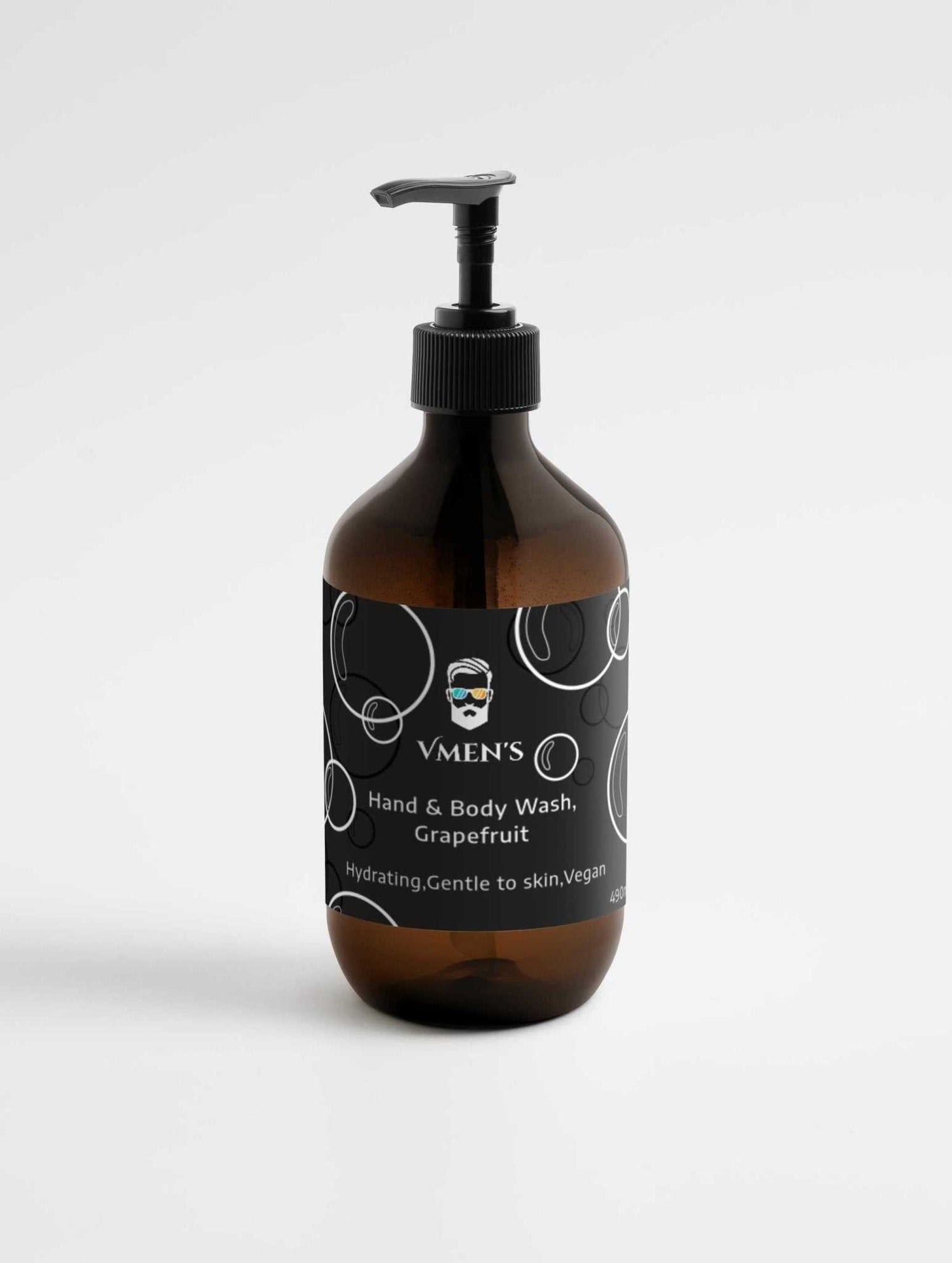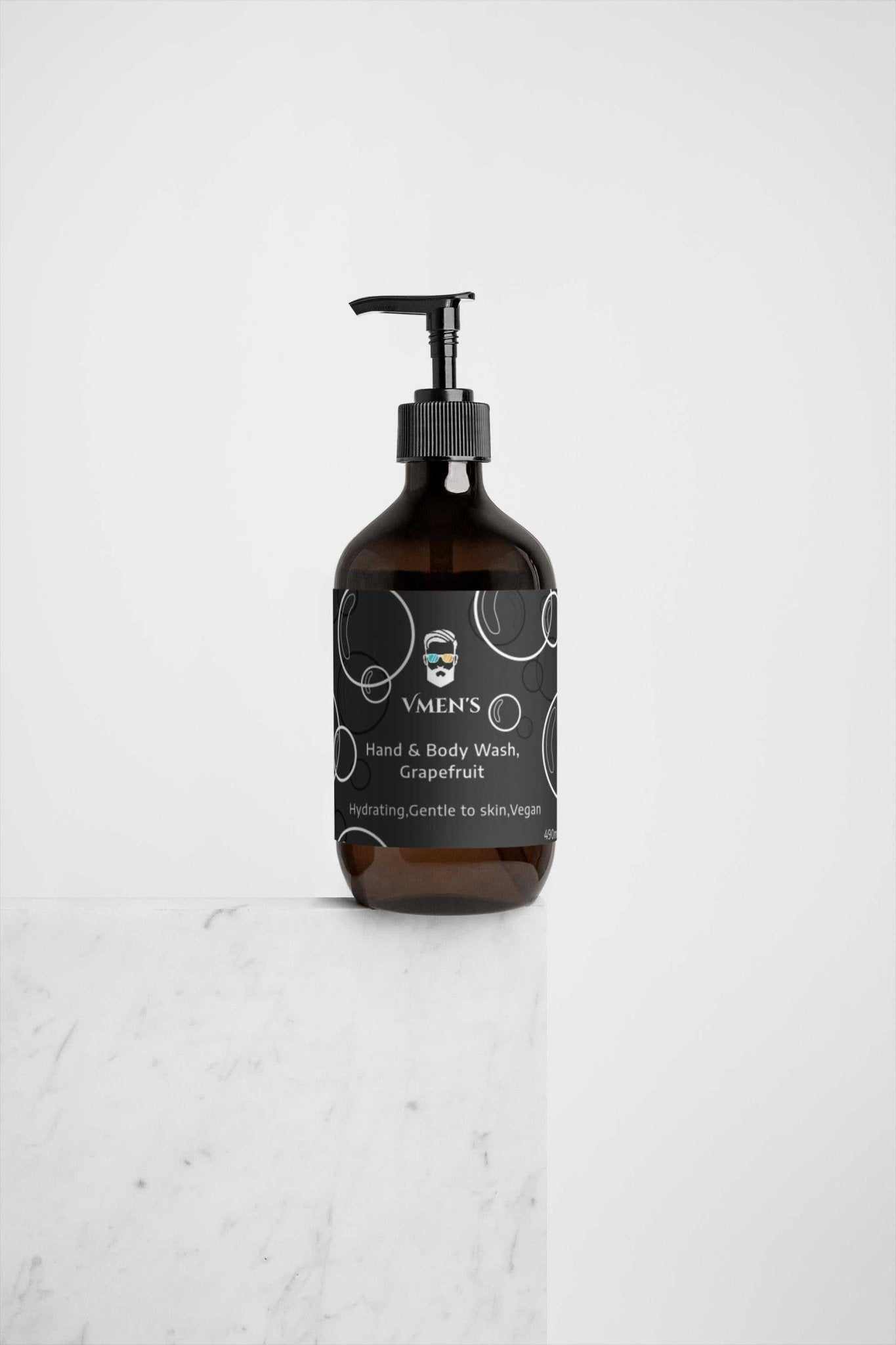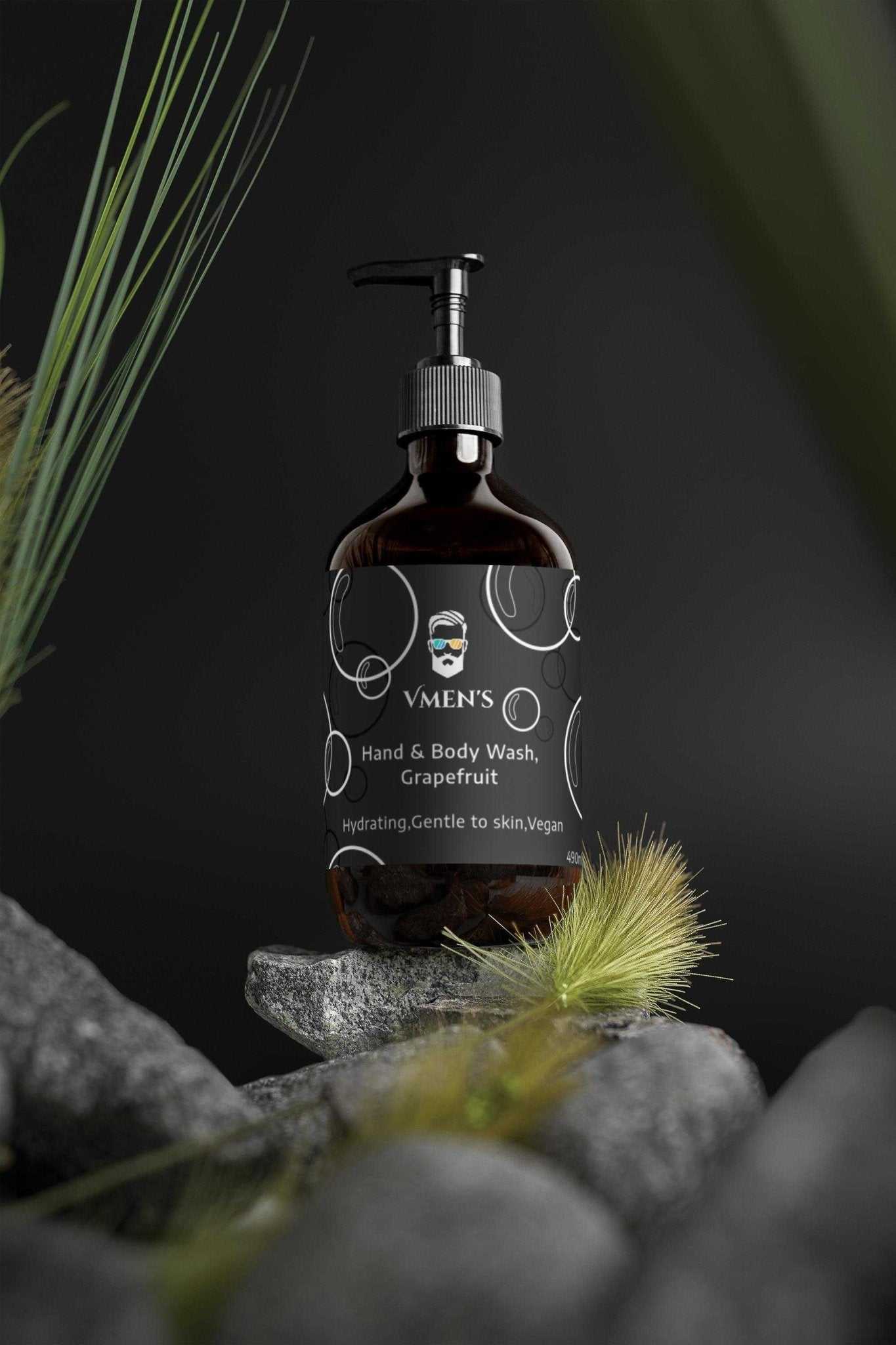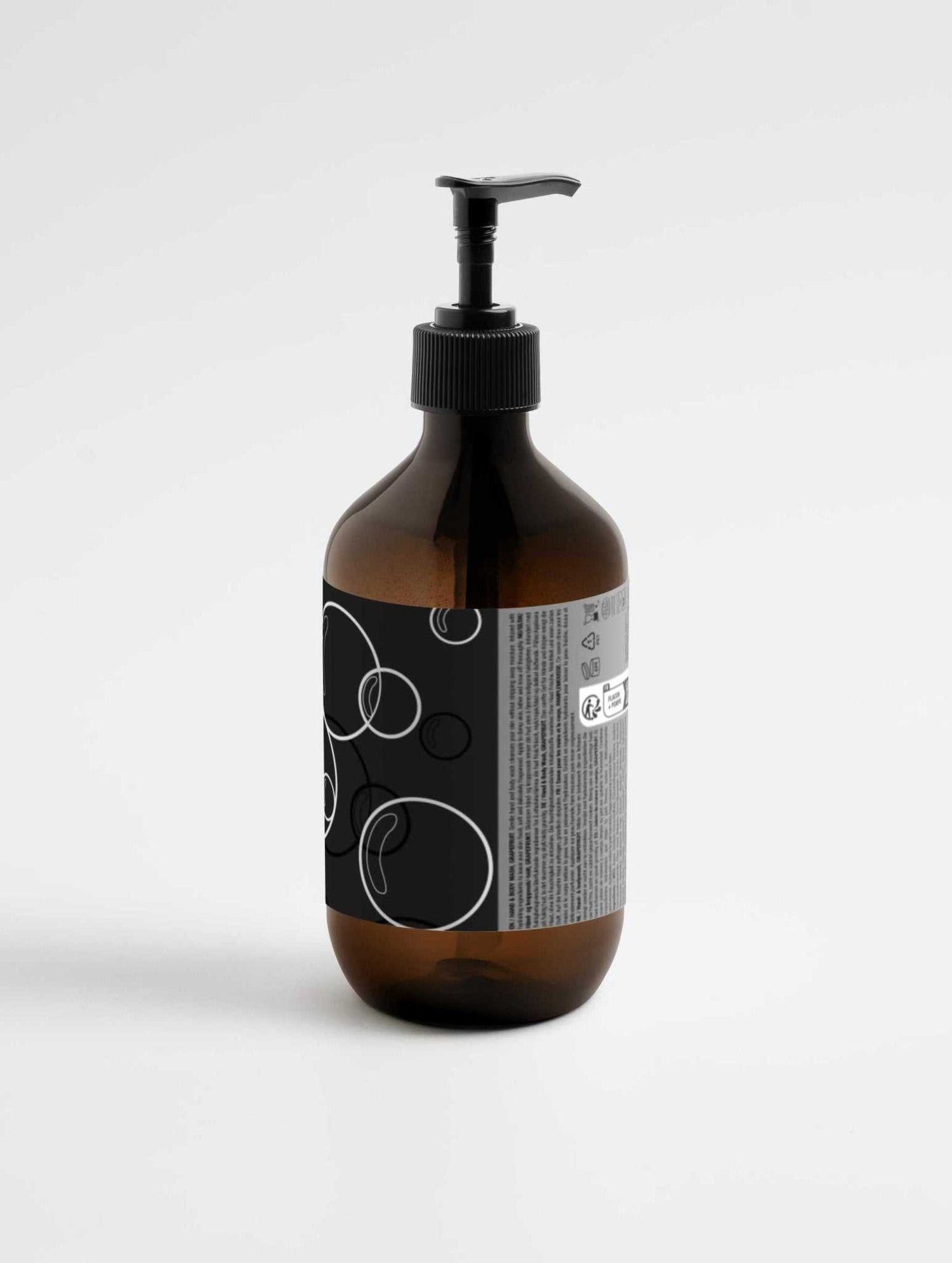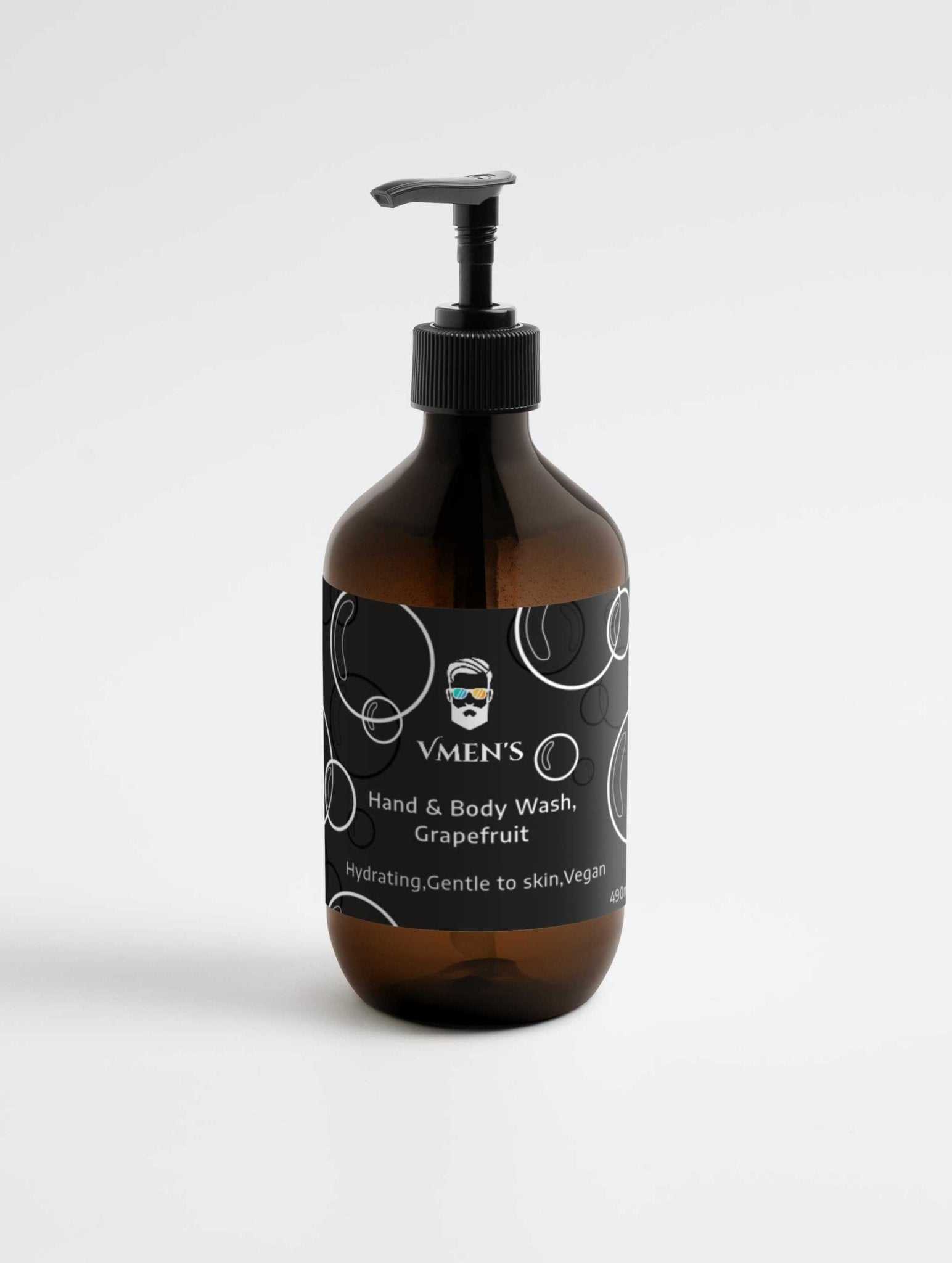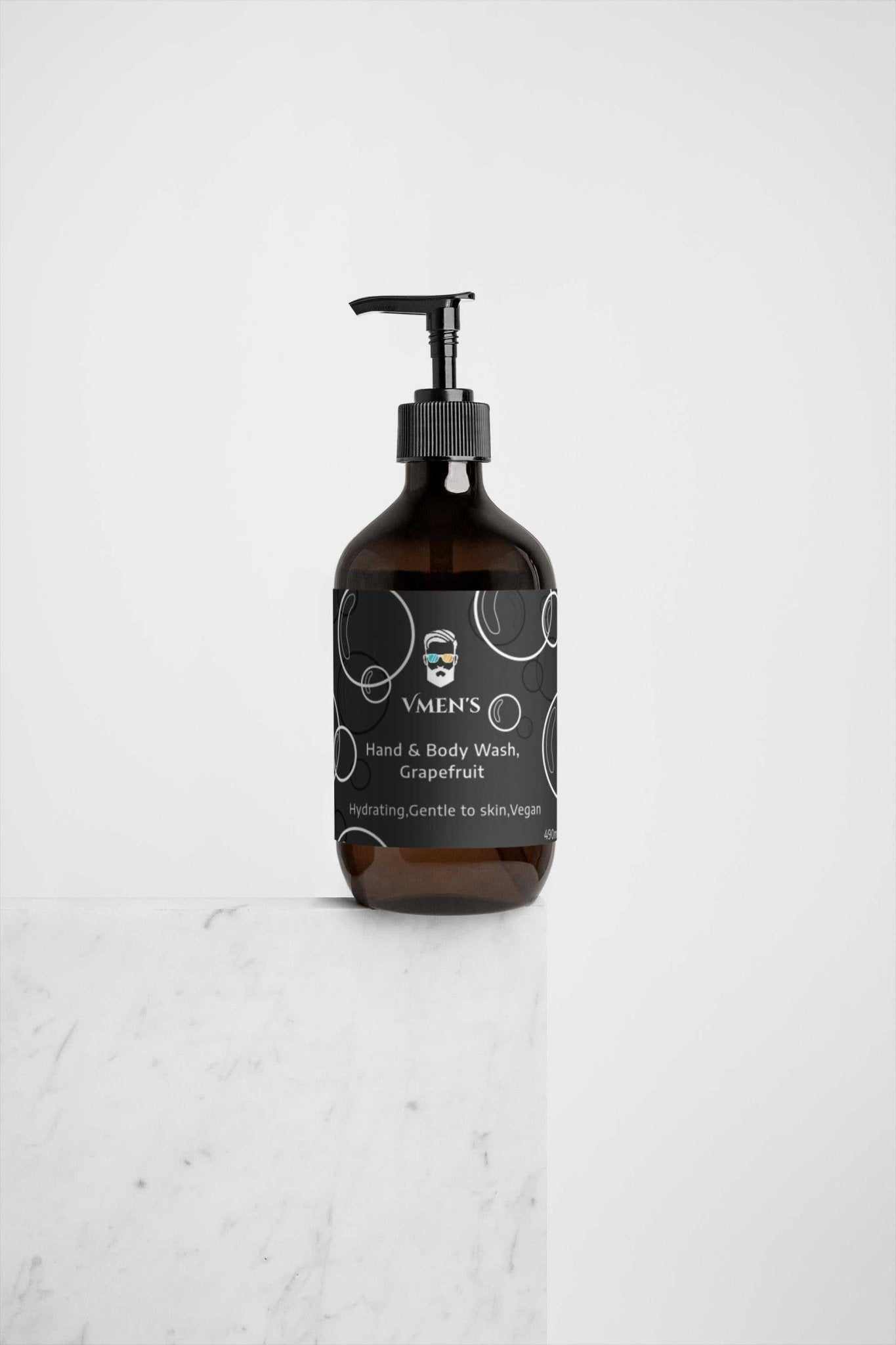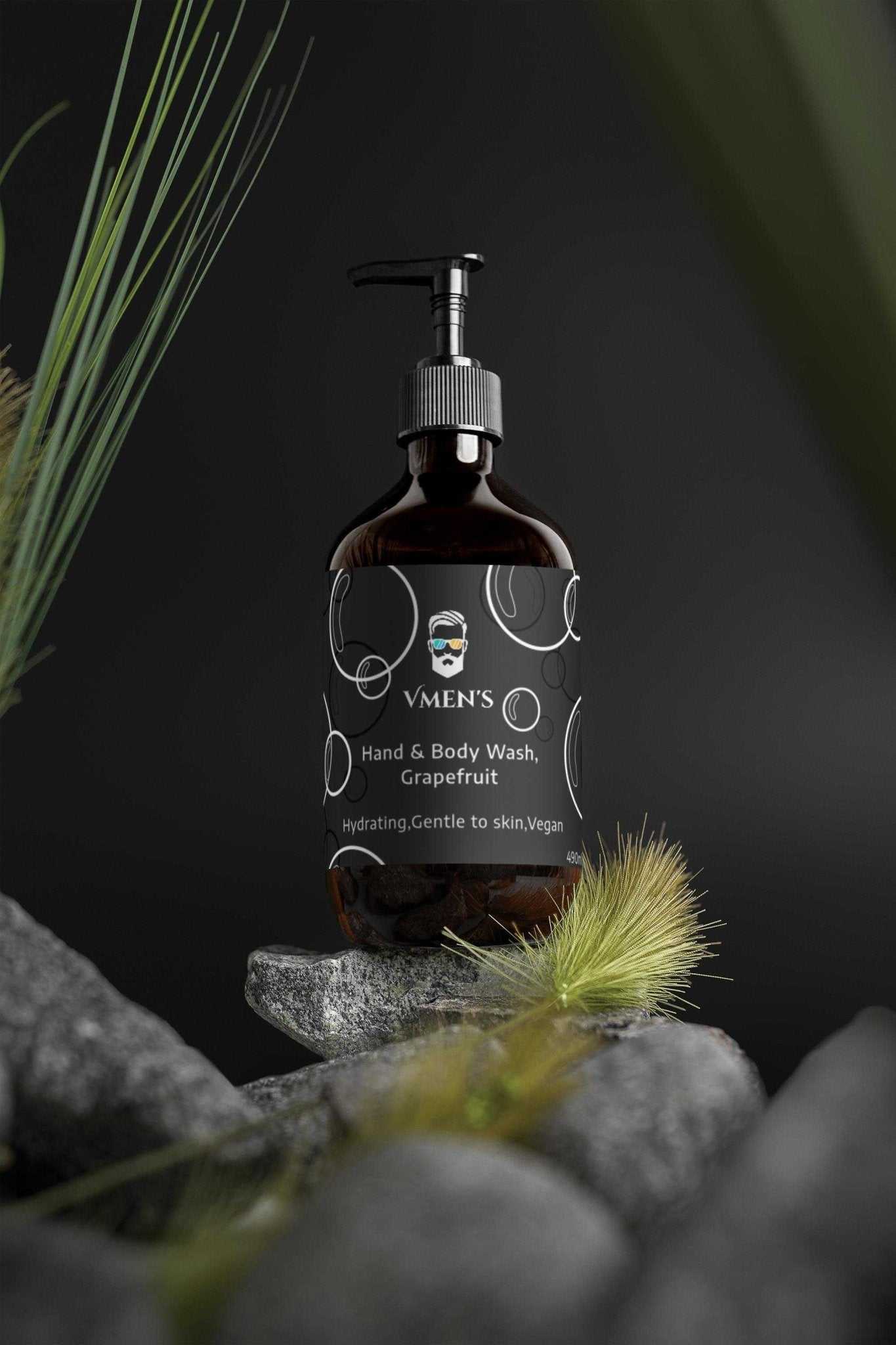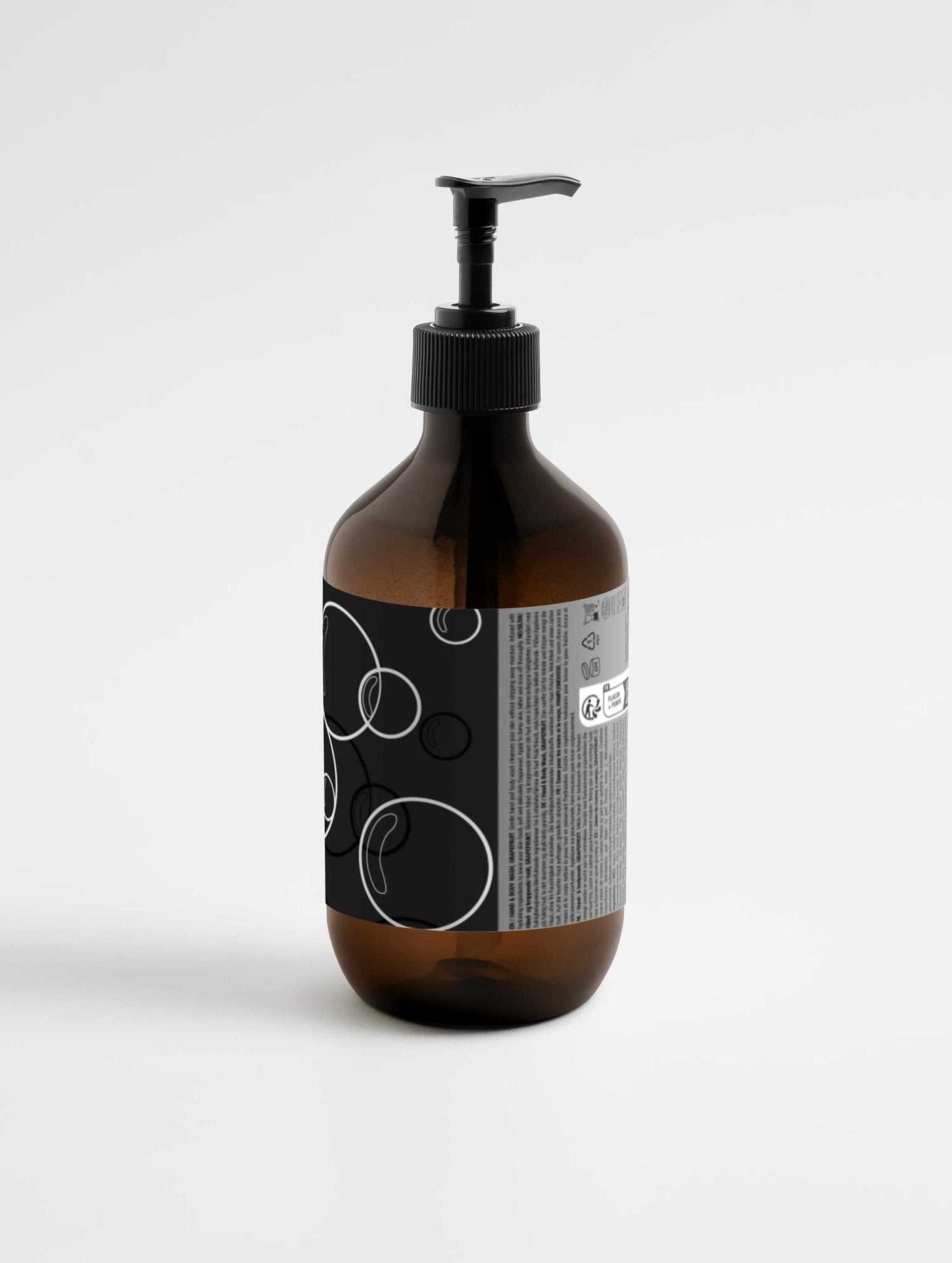Color plays a significant role in fashion, affecting not only how you look but also how you feel. Wearing the right colors can enhance your appearance, boost your confidence, and even influence how others perceive you. Here's a guide to understanding why color matters and how to choose the best colors that fit you.
1. The Psychology of Color
Impact on Mood and Perception
- Red: Often associated with energy, passion, and excitement. Wearing red can make you feel more confident and attract attention.
- Blue: Known for its calming and trustworthy vibes. Blue can create a sense of tranquility and reliability.
- Green: Symbolizes nature and balance. Wearing green can evoke feelings of harmony and freshness.
- Yellow: Represents happiness and optimism. It’s a great color to wear when you want to feel cheerful and approachable.
- Black: Signifies elegance and power. Black can make you appear more authoritative and sophisticated.
2. Understanding Skin Tones
Cool, Warm, and Neutral Undertones
- Cool Undertones: Skin with pink, red, or blueish hues. People with cool undertones look best in colors like blue, purple, and emerald green.
- Warm Undertones: Skin with yellow, gold, or peachy hues. People with warm undertones look great in earthy colors like red, orange, yellow, and olive green.
- Neutral Undertones: A mix of both cool and warm. Those with neutral undertones can wear a wide range of colors but often look particularly good in soft shades like jade green, dusty pink, and light peach.
How to Determine Your Undertone
- Vein Test: Look at the veins on your wrist. If they appear blue or purple, you have cool undertones. If they look green, you have warm undertones. If you see both colors, you likely have neutral undertones.
- Jewelry Test: Gold jewelry typically complements warm undertones, while silver looks best on cool undertones. If both look good on you, you might have neutral undertones.
3. Choosing the Right Colors
For Cool Undertones
- Best Colors: Blues, purples, pinks, cool greens, magenta, and pure white.
- Colors to Avoid: Orange, tomato red, and strong yellows as they can make cool-toned skin look washed out.
For Warm Undertones
- Best Colors: Reds, oranges, yellows, golden browns, and warm greens.
- Colors to Avoid: Colors with blue bases, such as icy blues and jewel tones, which can clash with warm undertones.
For Neutral Undertones
- Best Colors: A wide range of colors including soft pinks, jade green, and light peach. Neutral tones like gray, navy, and off-white also work well.
- Colors to Avoid: Very bright or very muted colors that can overpower or underwhelm your natural complexion.
4. Seasonal Color Analysis
Spring
- Characteristics: Warm and light. Best in warm, bright, and clear colors.
- Palette: Peach, coral, golden yellow, warm green, and ivory.
Summer
- Characteristics: Cool and light. Best in cool, muted, and soft colors.
- Palette: Lavender, soft blues, rose pink, and pale yellow.
Autumn
- Characteristics: Warm and deep. Best in rich, earthy, and warm colors.
- Palette: Terracotta, burnt orange, olive green, and mustard yellow.
Winter
- Characteristics: Cool and deep. Best in cool, bright, and bold colors.
- Palette: True red, cobalt blue, black, and bright white.
5. Practical Tips for Incorporating Color
Start Small
- If you’re new to wearing color, start with small accents like ties, pocket squares, or scarves. This allows you to experiment without committing to a full outfit.
Build a Versatile Wardrobe
- Include a mix of neutral basics and colored pieces. Neutrals like black, white, navy, and gray provide a foundation, while colors can add personality and vibrancy.
Consider the Occasion
- Bright, bold colors are great for casual settings and making a statement, while softer, more subdued colors are ideal for professional environments.
Mix and Match
- Don’t be afraid to mix different colors. Use a color wheel to find complementary colors that work well together. Analogous colors (next to each other on the color wheel) and complementary colors (opposite each other) can create harmonious looks.
Choosing the right colors to wear is more than just following trends; it’s about finding what complements your skin tone, enhances your appearance, and makes you feel confident. By understanding the psychology of color, recognizing your undertones, and knowing how to mix and match, you can build a wardrobe that not only looks great but also reflects your personal style.

